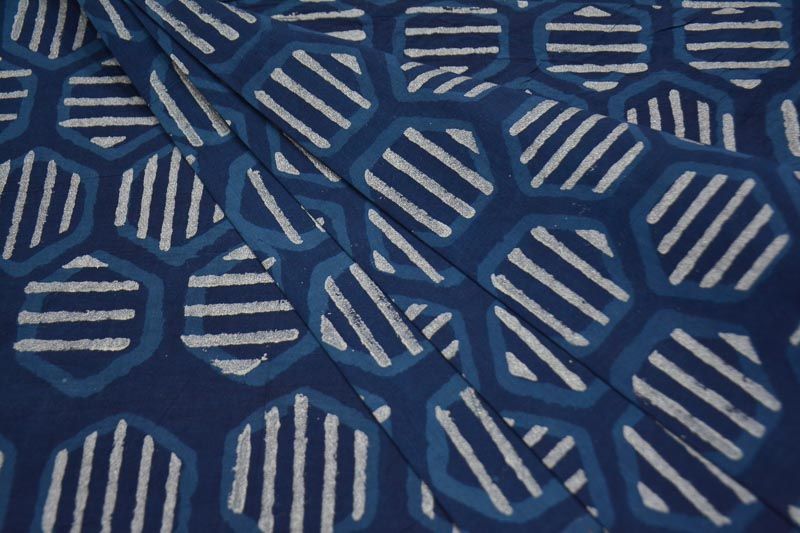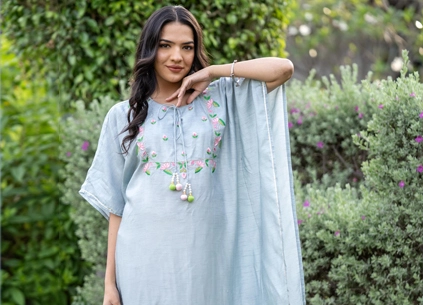Exploring the Timeless Beauty of Indigo Fabric by the Yard
Indigo fabric has long been celebrated for its deep, rich hues and timeless appeal. This stunning blue dye, derived from the indigo plant, has been used for centuries to create beautiful textiles that captivate the eye and evoke a sense of tradition and craftsmanship. Whether you're a seasoned textile enthusiast or a newcomer to the world of fabrics, exploring indigo fabric by the yard offers endless possibilities for creativity and style.
The History of Indigo Fabric
The use of indigo as a dye dates back thousands of years, with its origins traced to ancient civilizations in Africa, India, and East Asia. Indigo was highly valued for its vibrant blue color, which was difficult to achieve with other natural dyes. This led to its status as a luxury item, often associated with royalty and nobility. Over time, indigo dyeing techniques spread across the globe, influencing textile traditions in various cultures.

Indigo Dyeing Techniques
Indigo dyeing is a meticulous process that involves several stages to achieve the desired depth of color. Traditionally, the indigo plant leaves are fermented to produce a dye paste, which is then mixed with water to create a dye bath. Fabric is repeatedly dipped into this bath, allowing it to oxidize and develop the characteristic deep blue shade. This process requires skill and patience, as each dip adds to the richness and intensity of the color.
One of the most popular techniques for working with indigo fabric is Shibori, a Japanese method of resist dyeing that creates intricate patterns and designs. By folding, twisting, and binding the fabric before dyeing, artisans can produce a wide array of unique and beautiful patterns. This method highlights the versatility of indigo fabric and its ability to transform simple cloth into works of art.
Indigo Fabric by the Yard
Purchasing indigo fabric by the yard offers a range of possibilities for both fashion and home décor projects. This fabric is typically available in various types, including cotton, linen, and silk, each offering its own unique texture and feel. Whether you're looking to create a statement piece of clothing or add a touch of elegance to your home, indigo fabric provides a versatile and timeless option.
For fashion enthusiasts, indigo fabric can be used to create stunning garments such as dresses, skirts, blouses, and scarves. The deep blue color is flattering on all skin tones and can be paired with a variety of other colors for a stylish and sophisticated look. Additionally, indigo fabric's natural dyeing process ensures that each piece is unique, with subtle variations in shade and pattern.
In the realm of home décor, indigo fabric can be used to make everything from curtains and cushion covers to tablecloths and wall hangings. Its rich color adds depth and warmth to any space, creating an inviting and cozy atmosphere. Additionally, the durability of indigo-dyed textiles ensures that your creations will stand the test of time, maintaining their beauty for years to come.

Sustainable and Eco-Friendly
One of the significant advantages of indigo fabric is its sustainable and eco-friendly nature. Traditional indigo dyeing uses natural plant-based dyes, which are biodegradable and have a lower environmental impact compared to synthetic dyes. By choosing indigo fabric, you are supporting traditional dyeing practices and contributing to the preservation of cultural heritage and environmental sustainability.
Conclusion
Indigo fabric by the yard offers a world of creative possibilities, combining rich history, intricate dyeing techniques, and timeless beauty. Whether you are a fashion designer, a home décor enthusiast, or simply someone who appreciates the artistry of textiles, indigo fabric provides a versatile and sustainable option for your projects. Embrace the deep, captivating hues of indigo and let your imagination run wild as you explore the endless potential of this extraordinary fabric.



Validate your login
Sign In
Create New Account